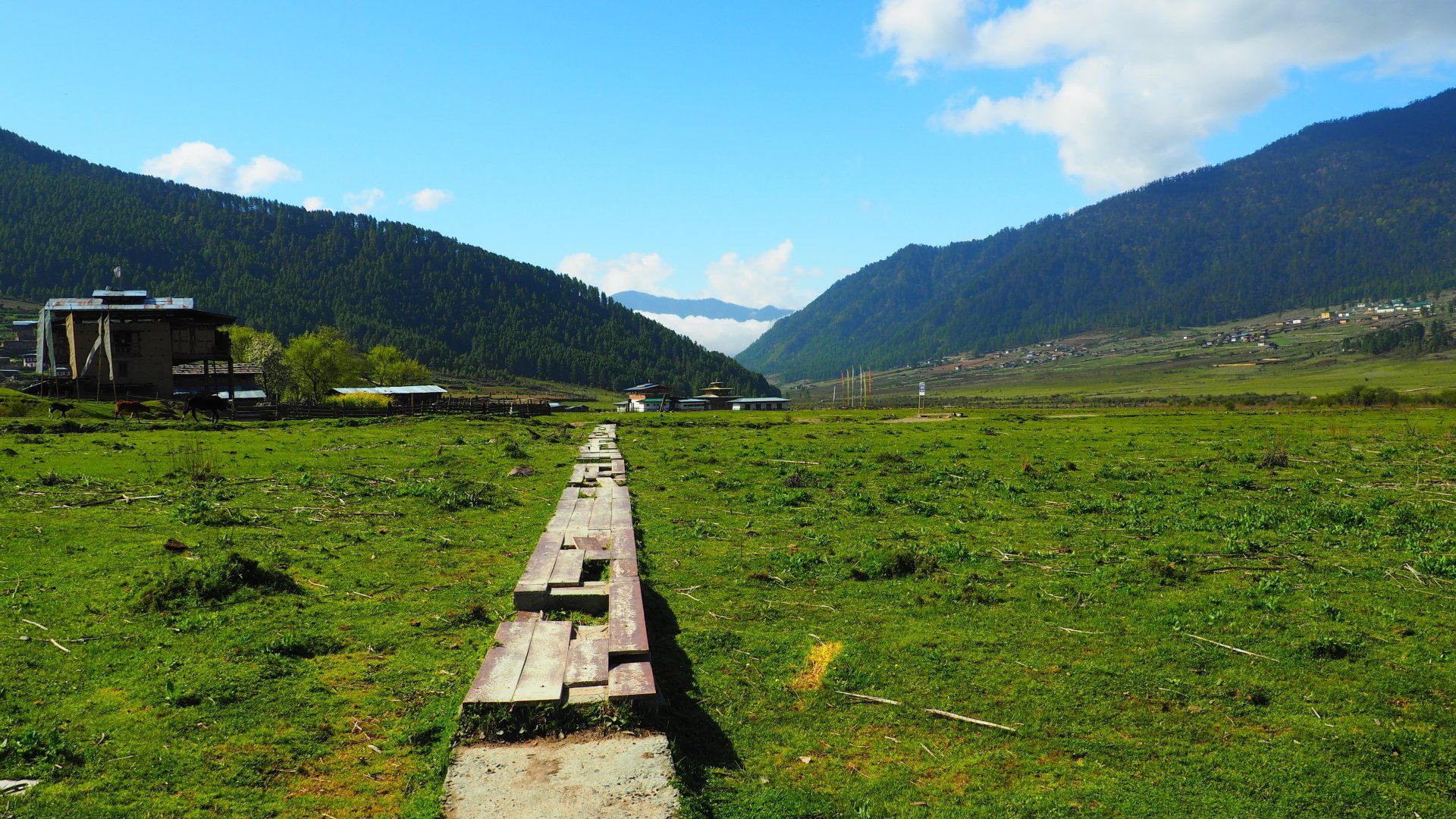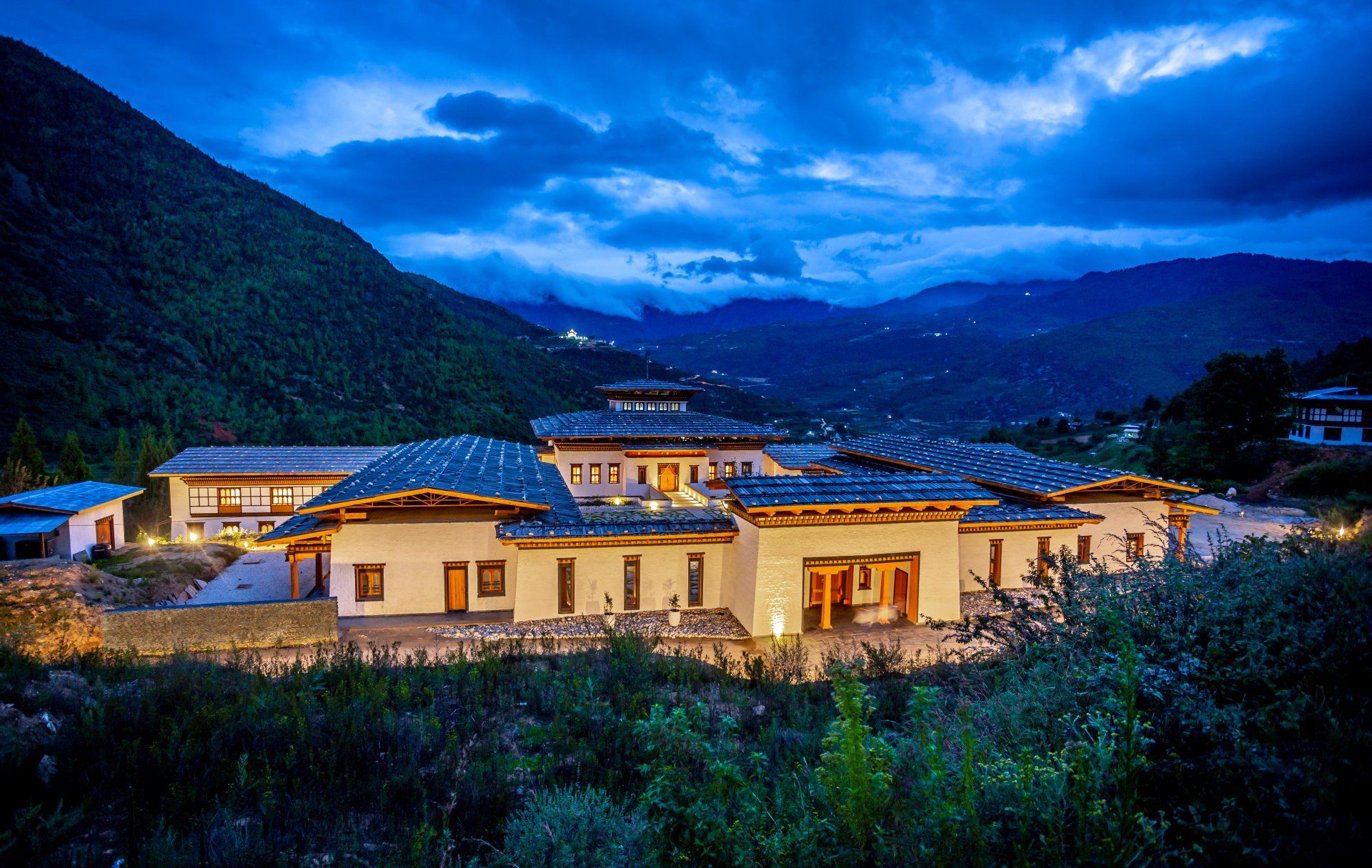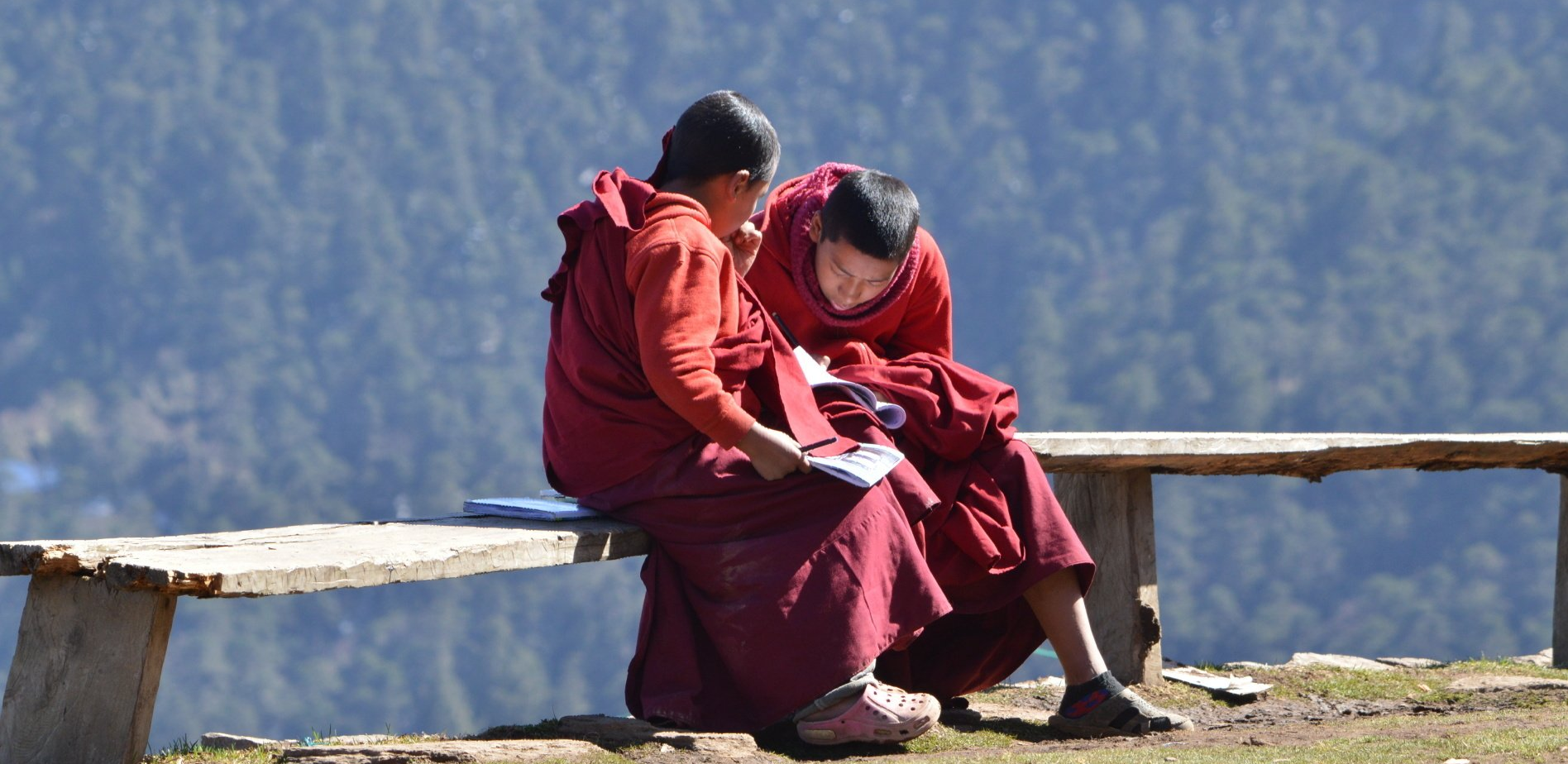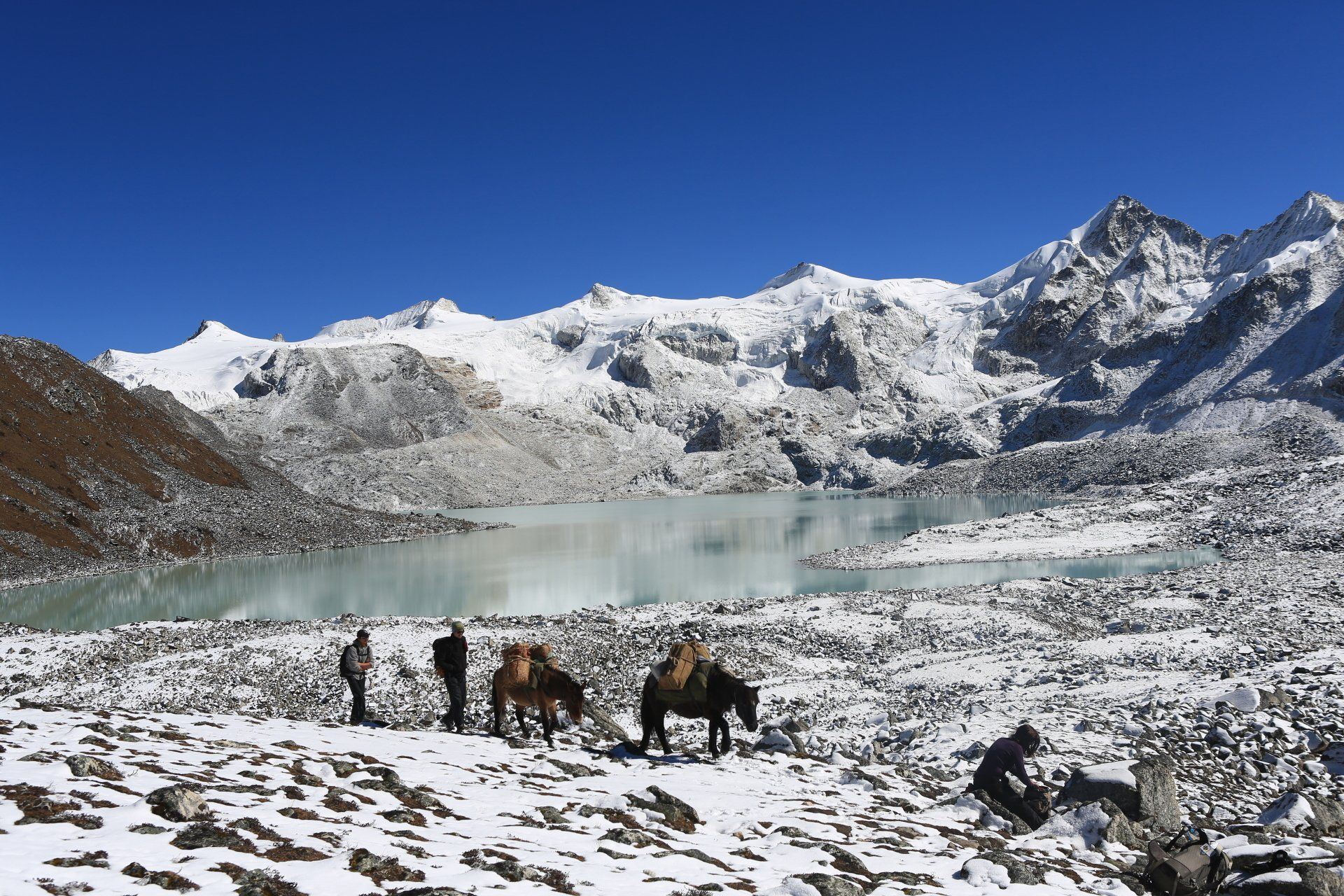Bhutan Travel Tip, Policies and Tourism Insights
Updated at real time by travel specialist of Bhutan Swallowtail
Tourism Policy of Bhutan
The Royal Government of Bhutan adheres strongly to a policy of 'High Value, Low Impact' tourism which serves the purpose of creating an image of exclusivity and high- yield for Bhutan.
01
Minimum Daily Tariff
To visit Bhutan, all visitors on Tourist VISA must pay certain daily Tariff
02
Discounts
Discounts are applicable for child, student, long duration and group tours...
03
Surcharges
Surcharges are applicable for solo travelers and in a group of two and three...
04
Delayed Arrivals
There are rules protecting delayed arrivals and early departures...
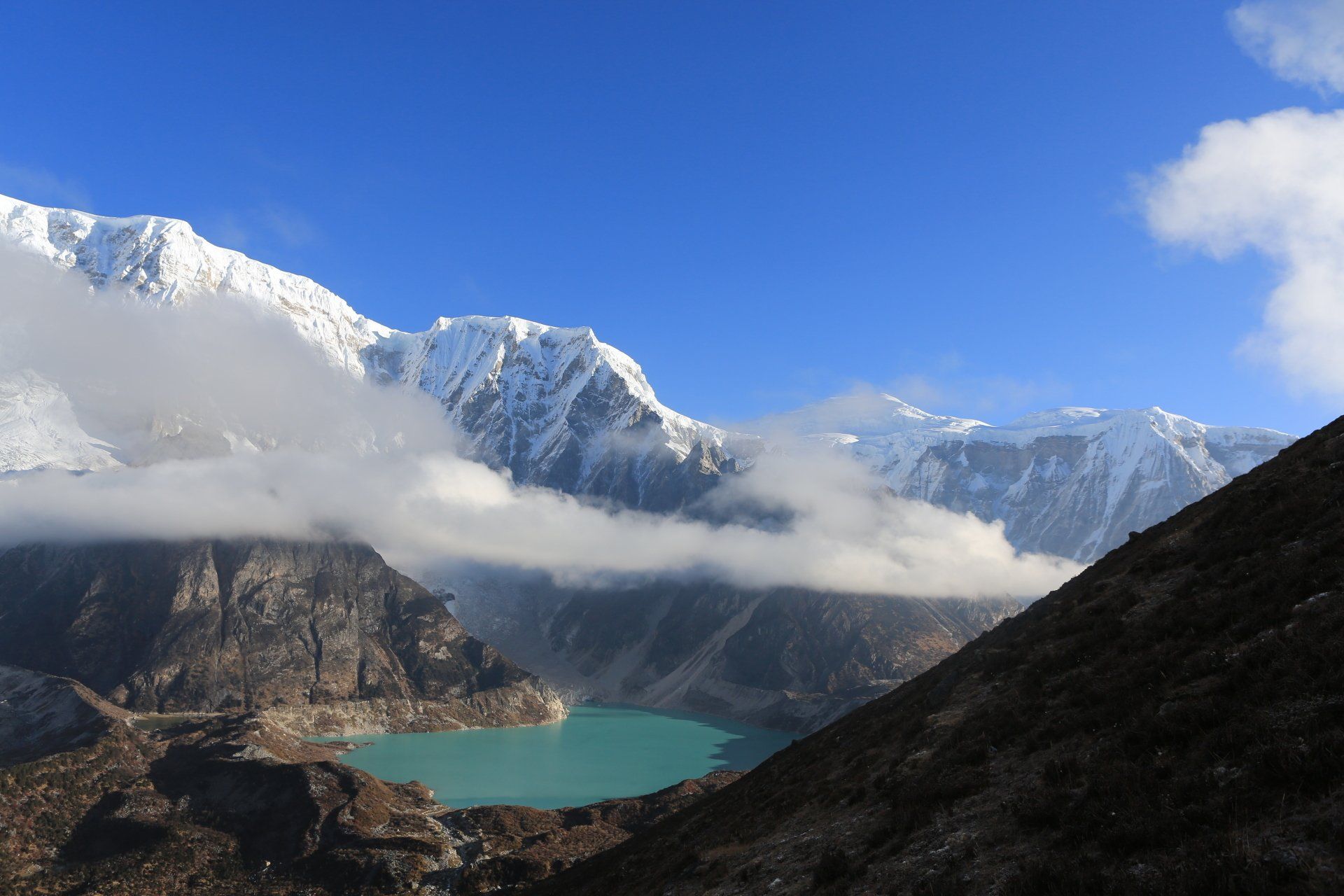
In the general, the climate in Bhutan is quite unpredictable due to the variation in the elevation and changing seasons. The southern foothills have a sub tropical climate with hot and humid monsoons, warm and pleasant winters. The central and higher alpine valleys have temperate weather, with pleasant summers and cold winters. The northern region of the country is above the tree line and most of the high mountain passes are covered in snow throughout the year. Bhutan enjoys all the four seasons in a year and Spring (March – May) and Autumn (September – November) are the best times to visit Bhutan. If you wish to see the rhododendron and wild flowers in full bloom in the central valleys which is a total delight then spring is the best time to visit and also trek. Autumn is the best time for trekking as the skies are clear and less chances of rain and snow. During winter (mid-November-February) the temperatures fall down but luckily the sky remains to be an azure delight which elevates the sight of the snow capped mountains to a new level. This table shows you the most suitable times for trekking in Bhutan: Good: (***) Moderate: (*) Not good: (X) Down Load File
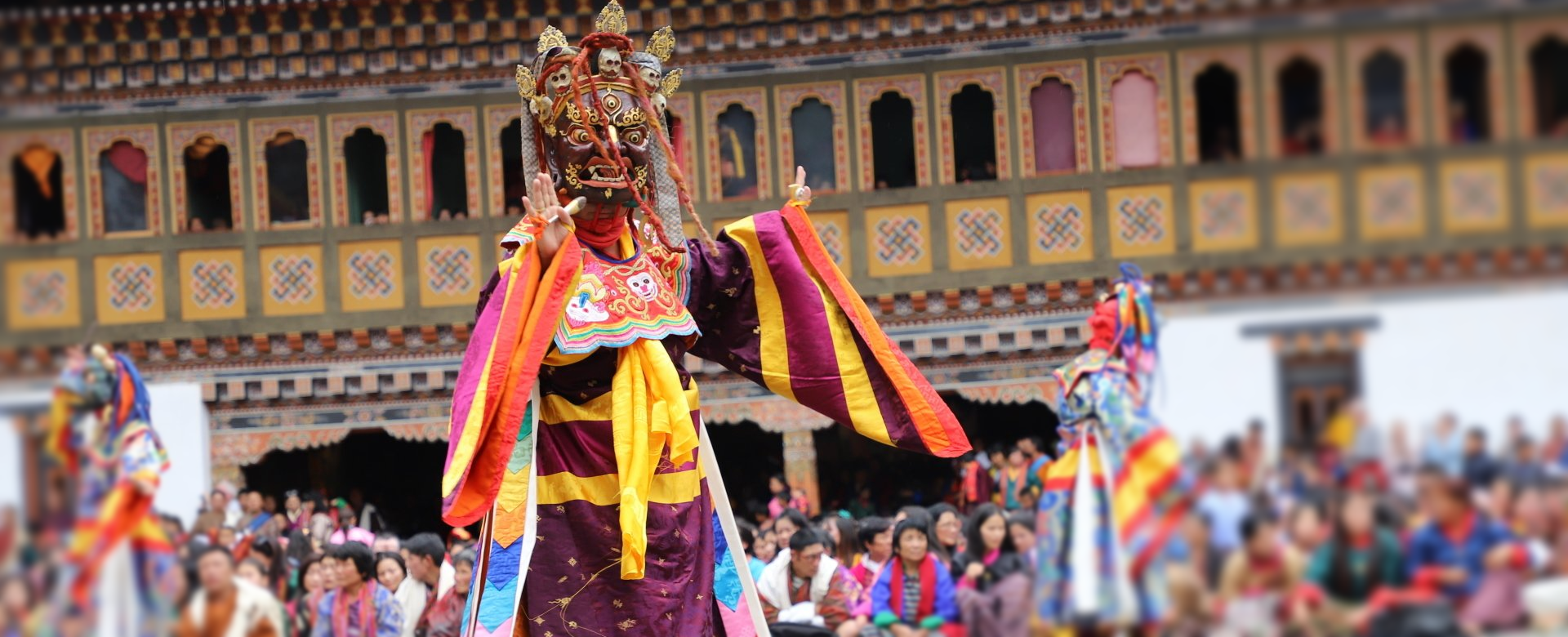
Each village, community and district celebrate the Tshechu in their various style and fashion – however the main theme is same everywhere with slight variations depending upon the ethnic background, tradition and local myths. The festivals revolve around well choreographed masked dances based mostly on incidents from the life of Guru Rinpoche or Padmasambhava, the saint who introduced Buddhism to Bhutan in the eight century. Witnessing the masked dances is very spiritual and most importantly one is cleansed of all sins and bestowed with blessings and good wishes.
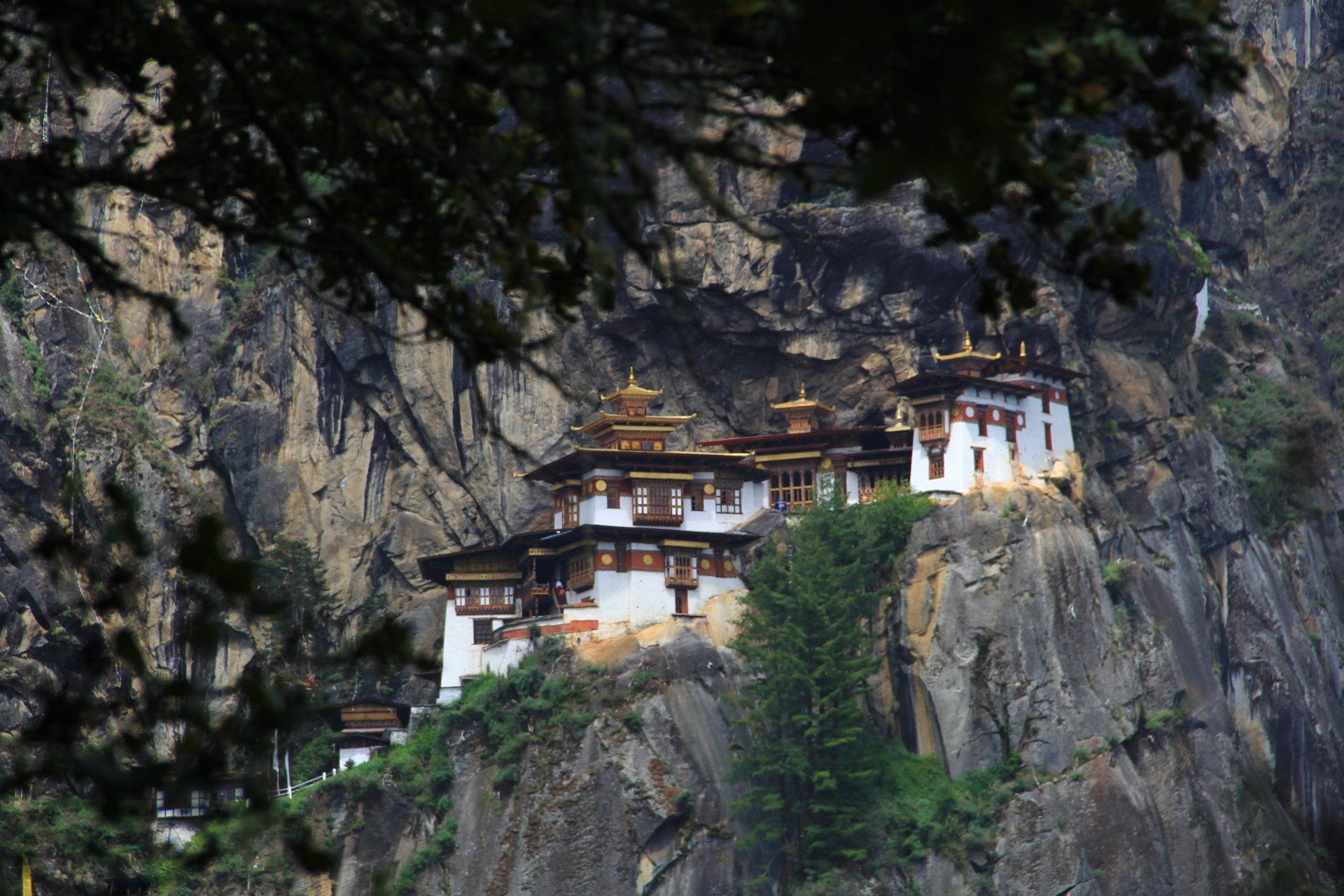
Bhutan is not a country for every traveler, or a favored travel destination. But, Bhutan is also not just another country to be struck off the bucket list once visited. While Bhutan continues to be one of the top travel destinations and once a lifetime must visit country for the right reasons, it should also be for the authentic experience that can never be replaced.
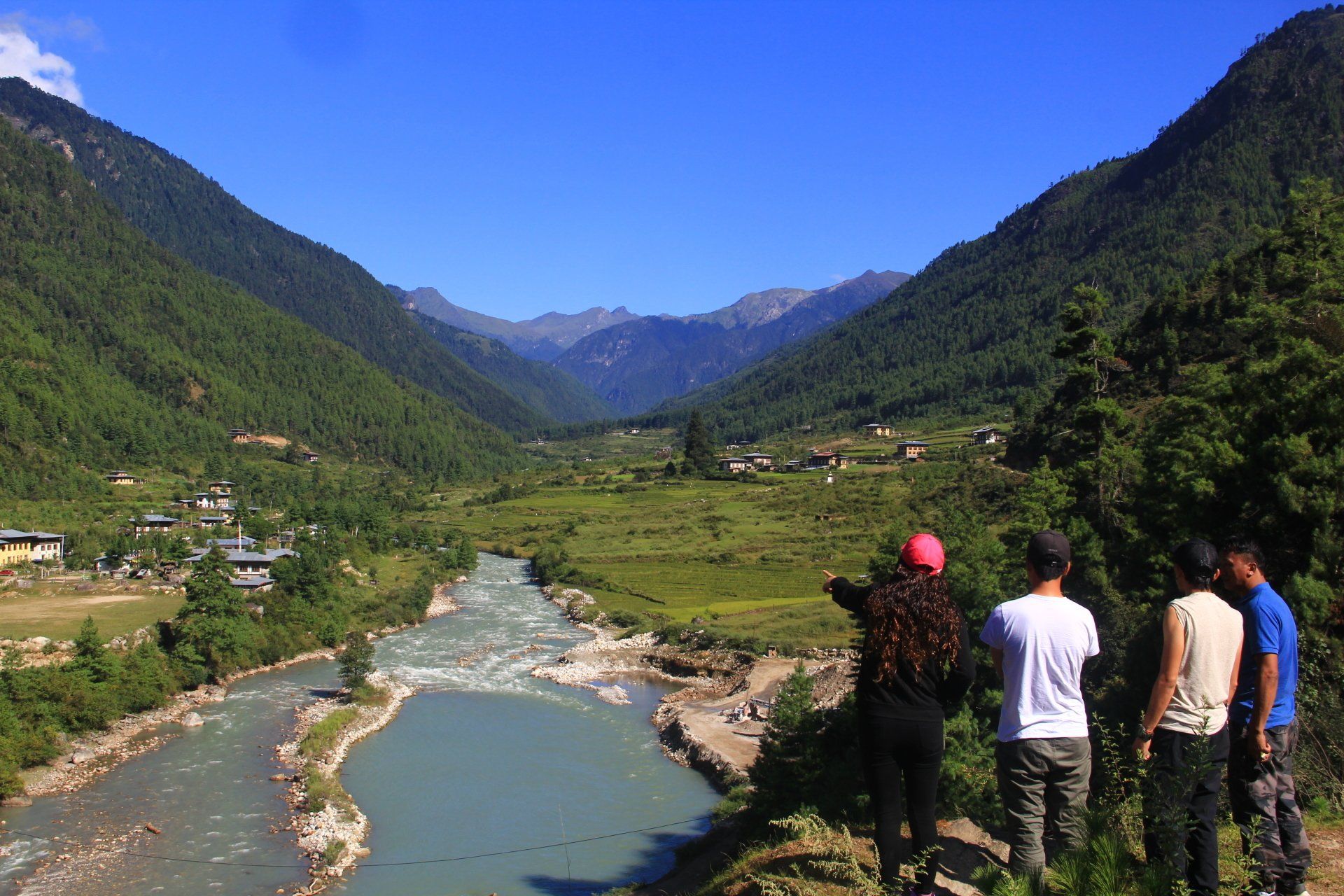
Bhutan is now fighting against the spread of deadly virus by closing down the schools and institutions, government distributing free face mask and hand sanitizer, creating awareness at all levels of the people, building numerous flu clinic in all regions, and citizens at all level volunteering to help contain the virus and stop spreading. Bhutan is fully prepared to contain and mitigate the spread of the deadly virus called COVID - 19. Bhutan a tiny Himalayan kingdom was not saved by the spread of deadly virus. The first case of the Coronavirus in Bhutan was detected on an American tourist on the 5th March after he initially complained of nausea, upset stomach and diarrhea. After testing positive for the virus, the tourist was immediately shifted to a separate unit at the National hospital in Thimphu, and including health personnel he was attended to by our King and Prime Minister who is a doctor by profession. Our King spent the whole night at the hospital making sure that the American was well taken care of and received the best medical care. Amid the depressing global Coronavirus pandemic, the landscape of Bhutan is coming alive with the budding of the flowers, peach blossoms dotting the countryside, and forests of Rhododendron flowers blooming red, pink, white, yellow and all the beautiful colors of Spring. The most celebrated Paro Festival is just round the corner (4-8 April) and this is one of the biggest local event of the year attracting thousands of tourists from all over the world. However for this year maybe only the Bhutanese will be participating in the festivities making the locals miss the ever bustling of tourist scrambling for the best seats at the Festival. Confirming with the response plan, the Government has imposed a two weeks restrictions on all incoming tourists till 20th March. Stake holders of the Tourism Industry was hit the hardest with flights cancelled, hotel reservations cancelled, tour guides and drivers let off until 20th March. For Bhutan Swallowtail too it is a sad week as we had to cancel all tourists scheduled to arrive before the 20th and we are in the process of refunding all 100% of the tour costs. Hopefully after 21st March the COVID-19 situation will subside and business can resume as usual. Being a Buddhist country with spiritualism and compassion at its core, the Central Monastic Body and numerous temples and monasteries have been conducting prayers, rituals and ceremonies to alleviate the pandemic and for the well being of all sentient beings around the world. We hope the end of the winter season marks the end of the pandemic and we welcome Spring with a new hope for a beautiful year.
